The Minerva Julie: Unknowing Cover?
An investigation into the Minerva Julie and the possible evidence of a submarine being active in the area at the same time.
If you enjoy my content, please consider supporting my work here and on Twitter with a premium Substack subscription.
Over the last few days there has been a large amount of focus on the new information regarding the Nord Stream sabotage and the possible connection to the chartered yacht, the Andromeda. While this story answered some questions, it posed many more that have not yet been answered. One of these questions is if and how the strange AIS track of the Minerva Julie directly above the Nord Stream sabotage sites is connected in some way.
The Minerva Julie is a 183 meter long Greek flagged oil tanker operated by the company Minerva Marine Inc. Through this company, the vessel has been used to move Russian oil to buyers. The suspicious movements of the vessel and the company’s potential ties to Russia were first reported by the finish newspaper Verkkouutiset at the end of September. Being the only vessel to have such an unusual path over the site of the sabotage, it became one of the first suspects in the mystery.
On the morning of September 2nd 2022, the Minerva Julie left the Dutch port of Rotterdam on a ballast voyage after unloading its previous cargo. The vessel sailed past Denmark and into the Baltic Sea, presumably to once again fill up with Russian oil.
Just after midnight on the 6th September 2022, the Minerva Julie entered a holding position in close proximity to the sites of the Nord Stream 1 blasts for a total of seven days. While in this waiting position, the vessel would drift towards the border of Danish territorial waters before throttling up its engines and moving back towards the site of the explosions. This process was repeated multiple times during the vessel’s seven day hold.
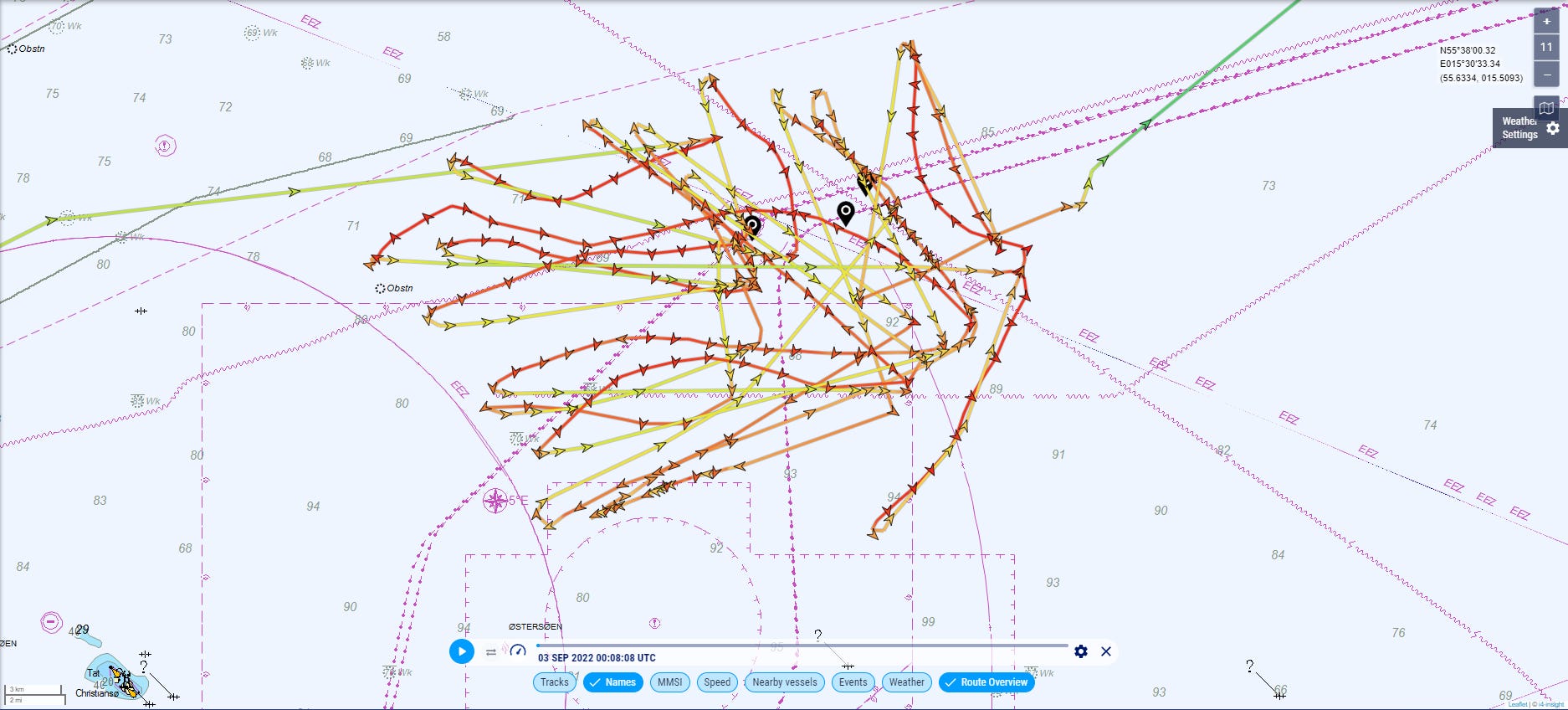
On the morning of the 13th September, the Minerva Julie once again set sail east making its first stop in Tallinn, Estonia in the late afternoon of the 14th September.

Here the Minerva Julie dropped anchor and stopped for approximately six and a half hours, presumably either for provisions and/or a crew change, before setting sail once more.
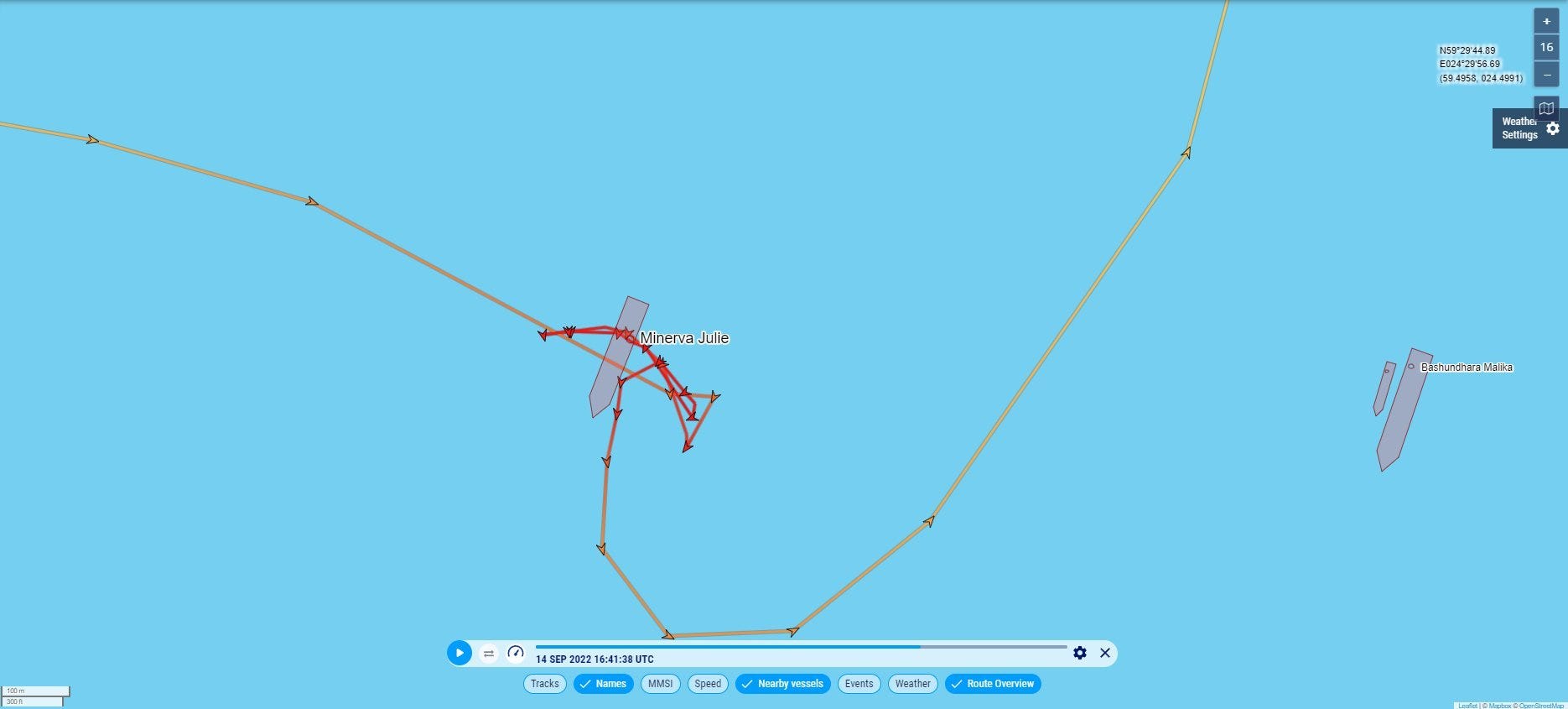
Once the Minerva Julie left Tallinn, it headed for Saint Petersburg where the vessel would begin loading oil from the Petersburg Oil Terminal.

The Business Insider recently contacted Minerva Marine Inc. about the unusual track of the Minerva Julie above the Nord Stream pipeline. They recieved a statement in which Minerva Marine Inc. state that the vessel was “awaiting voyage orders” and that it was standard shipping practice. While holding patterns like this do happen, the location is highly unusual. Looking at a year of AIS data for the Minerva Julie this appears to be the first time the vessel has performed such a maneuver.
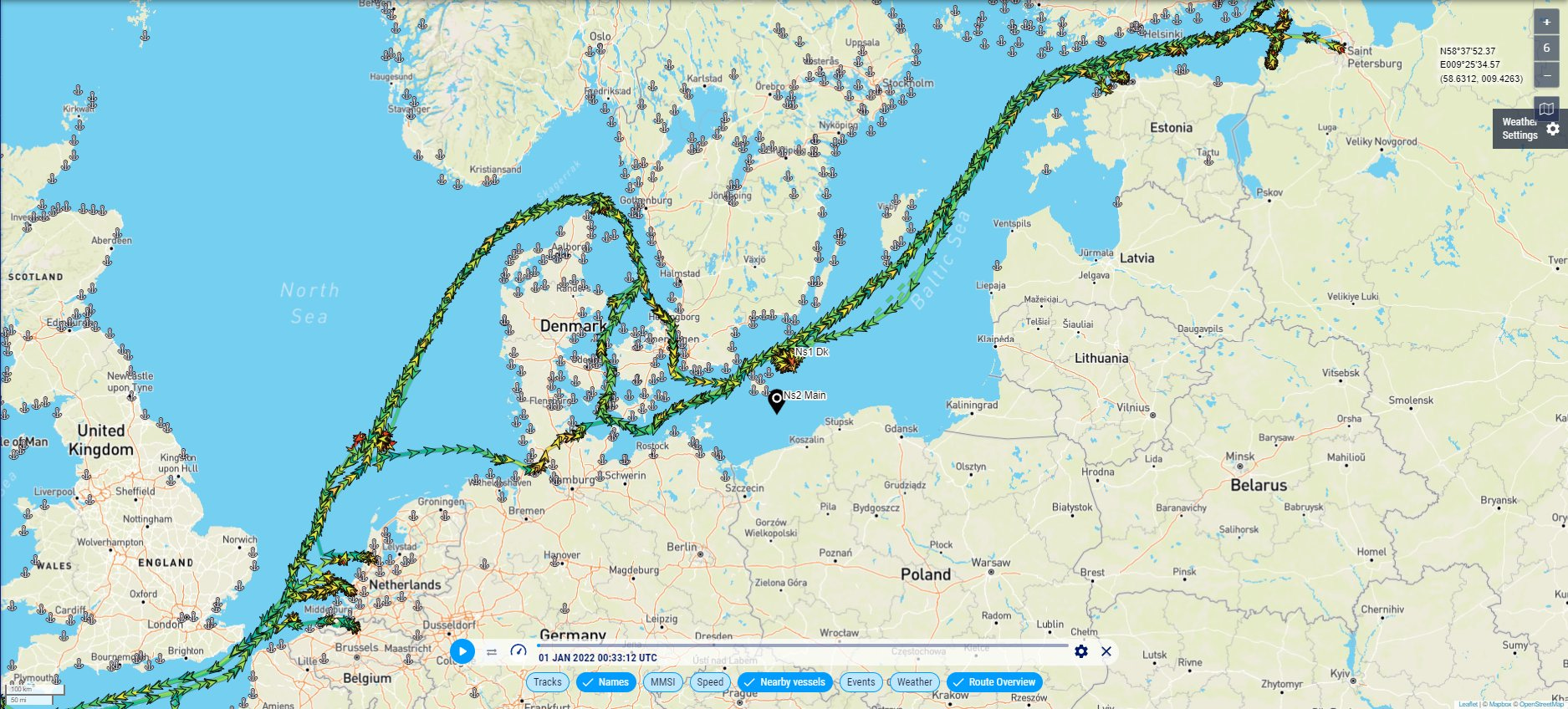
Interestingly, the Minerva Julie performed its two trips to Russia during the summer in July and August 2022. For these two trips, the vessel sailed to the Ust-Luga Oil Terminal to load before returning to Rotterdam. On the third trip, starting on the 2nd September, the vessel entered the now famous holding pattern after reaching the Baltic Sea. After seven days when it again set sail, it sailed to the Petersburg Oil Terminal instead.
The oil collected on this trip was then unloaded in several ports in Spain and Morocco.

As the Minerva Julie was already heading into the Baltic Sea prior to the holding pattern, I hypothesize that it may have originally been bound for another Ust-Luga to Rotterdam trip. This trip was then cancelled some time after the ship entered the Kattegat. This would mean that the first possible location where the vessel could realistically hold would be the area directly over the Nord Stream pipeline, just outside of Danish territorial waters. Several people with tanker experience have told me that staying in a holding pattern like this for this period of time is unusual, as it has increased crewing requirements compared to anchoring the ship in a different location. They also stated that this type of holding pattern might suggest that the vessel was told that it would have an updated destination shortly for the duration of the hold. This could mean that the crew of the Minerva Julie, if the ship was somehow involved, may have had no idea and simply been used to hold position near the pipeline for the duration of a possible sabotage attempt.
Soon after the leaks in the Nord Steam were discovered back in September 2022, it was stated by an anonymous Western intelligence official that a submarine had been observed in the area some time prior to the explosions.
In the early morning of the 6th September, a US Navy MH-60R was performing operation, likely searching for a submarine, approximately 110km east of the Nord Stream pipeline sabotage location.

In the afternoon of the 8th September, a US Navy P-8A Poseidon again conducted operations in the area likely looking for a submarine.
In the early morning of the 7th September, the German frigate Schleswig-Holstein and German Oste-class signals intelligence (SIGINT/ELINT) and reconnaissance ship Oste left Kiel Naval base. From here they headed to a location approximately 20km south east of the location of the northern Nord Steam blast locations. They remained at this location until the early evening of the 14th September.

The German Oste-class vessels are highly secretive intelligence gathering vessels crewed in part by a personnel from the German Cyber and Information Domain Service. The vessel contains a large array of SIGINT and ELINT sensors as well as advanced hydroacoustic sensor capabilities.
There is also evidence that for the duration of this holding pattern, they met up with the USS Kearsarge. While the USS Kearsarge does not sail with active AIS like German naval vessels, it was known to be in the Baltic at the time. Images from the Defense Visual Distribution Service show it performing MH-22B Osprey operations in the Baltic on the 8th September.
Looking at FlightRadar24, two MV-22B flights are visible in the exact same area where AIS tracks show the two German naval vessels. This indicates that the USS Kearsarge was operating alongside the two German naval vessels. One track is visible on the 10th September and another on the 11th September.
The USS Kearsarge performed a large amount of exercises with allied countries in the Baltic Sea during Summer 2022.
If you show both the German Naval vessels and the Minerva Julie’s AIS tracks, it becomes clear just how close the two holding patterns are to one another.
If you look at an entire year of AIS data for the Oste and Schleswig-Holstein there have been no other instances where the vessels have had holding patterns like this, except for one.
The only other time the vessels had a similar track was between the 19th and 25th September 2022 between Gotland and Latvia.
While all of this is circumstantial evidence, there are signs that point towards the idea that a submarine was operating in and around the southern Baltic at the same time as the Minerva Julie and now the Andromeda. The question remains exactly what role (if any) the different vessels played in the sabotage of the Nord Stream pipeline.
While this doesn’t prove or disprove anything, I can’t rule out the possibility that the Minerva Julie was (unknowingly for the crew) used to help mask a submarine or another aspect of the sabotage of the pipeline.
This does also add the question of why, if the Andromeda was the cause, did they choose this exact timeframe to do it. In many ways it seems like the worst possible time to attempt to place charges on the Nord Stream pipeline, with an oil tanker and two navies in close proximity. Hopefully in the coming days we learn more about the timeline of the Andromeda charter to see if there is any period where it could have realistically performed the sabotage.
At the same time it also raises questions as to if it would even be possible for a submarine not have been detected by all these vessels.



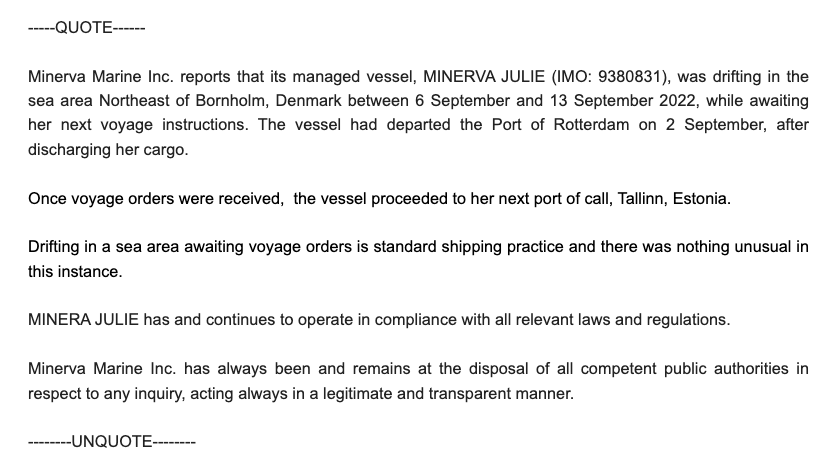

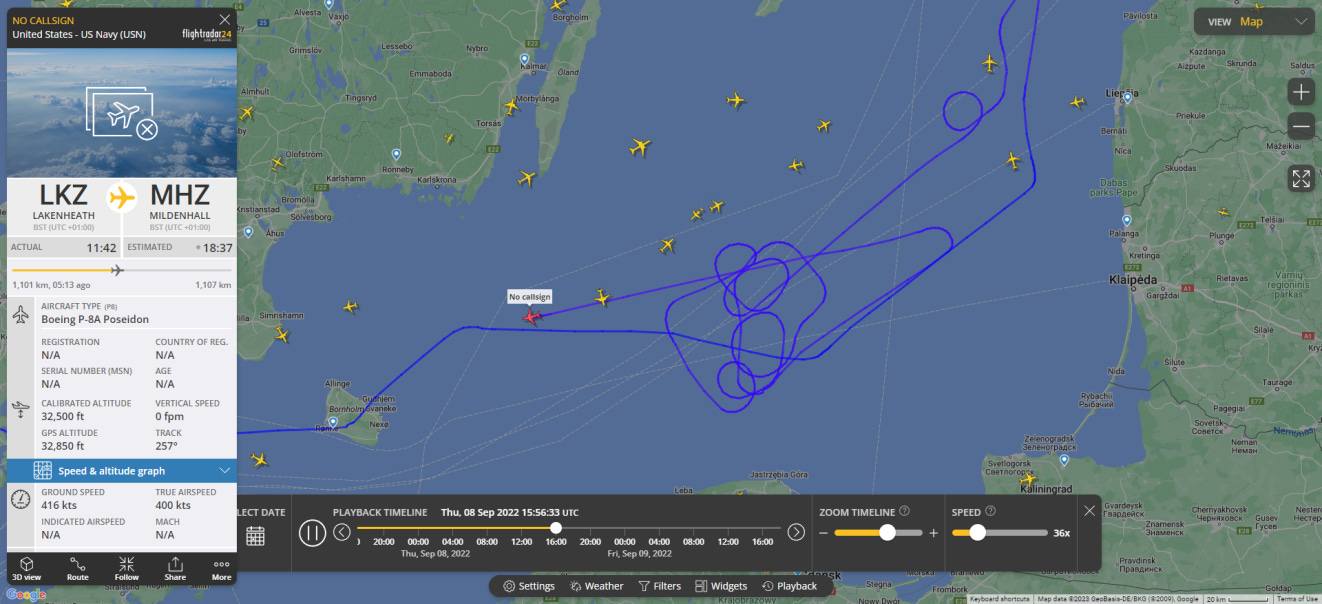
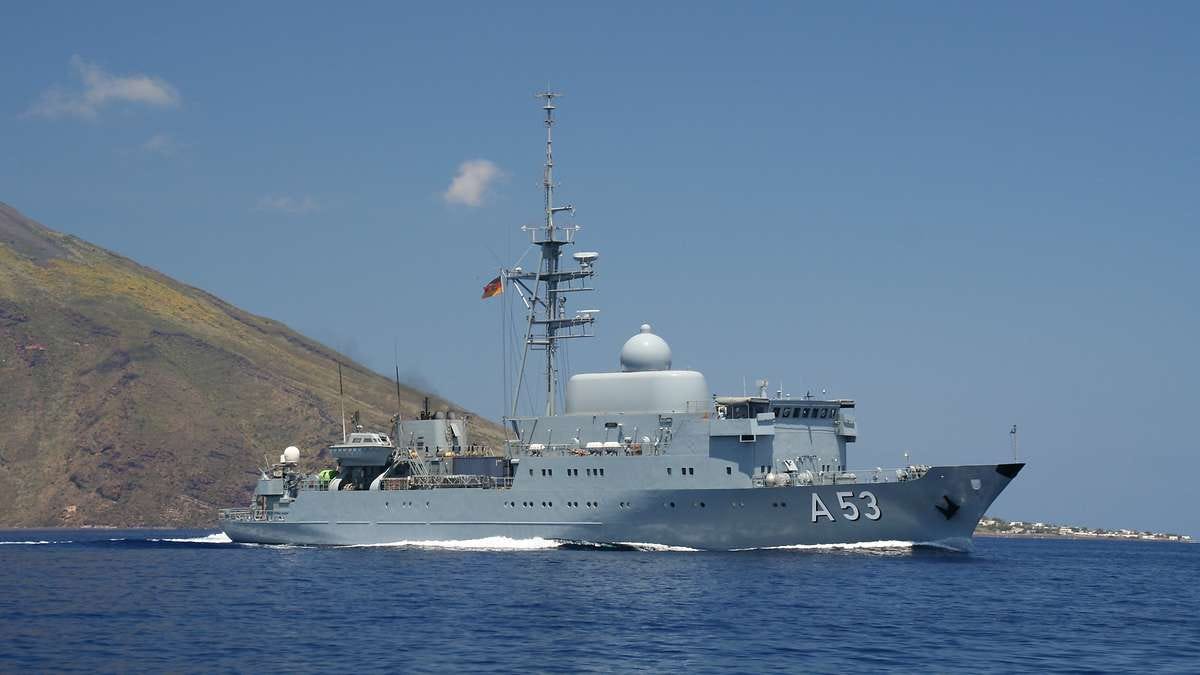
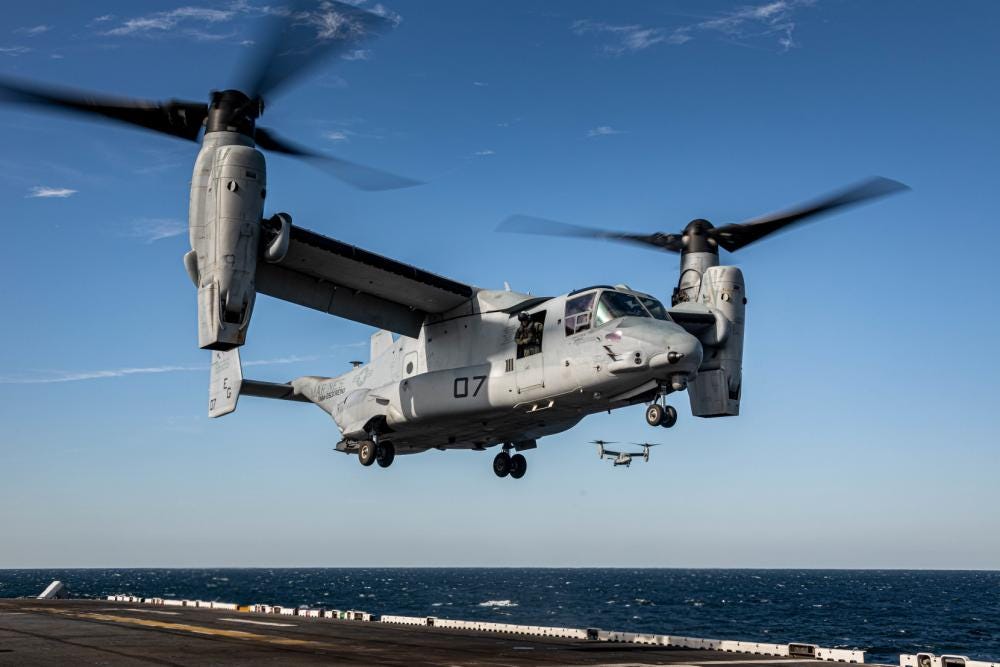

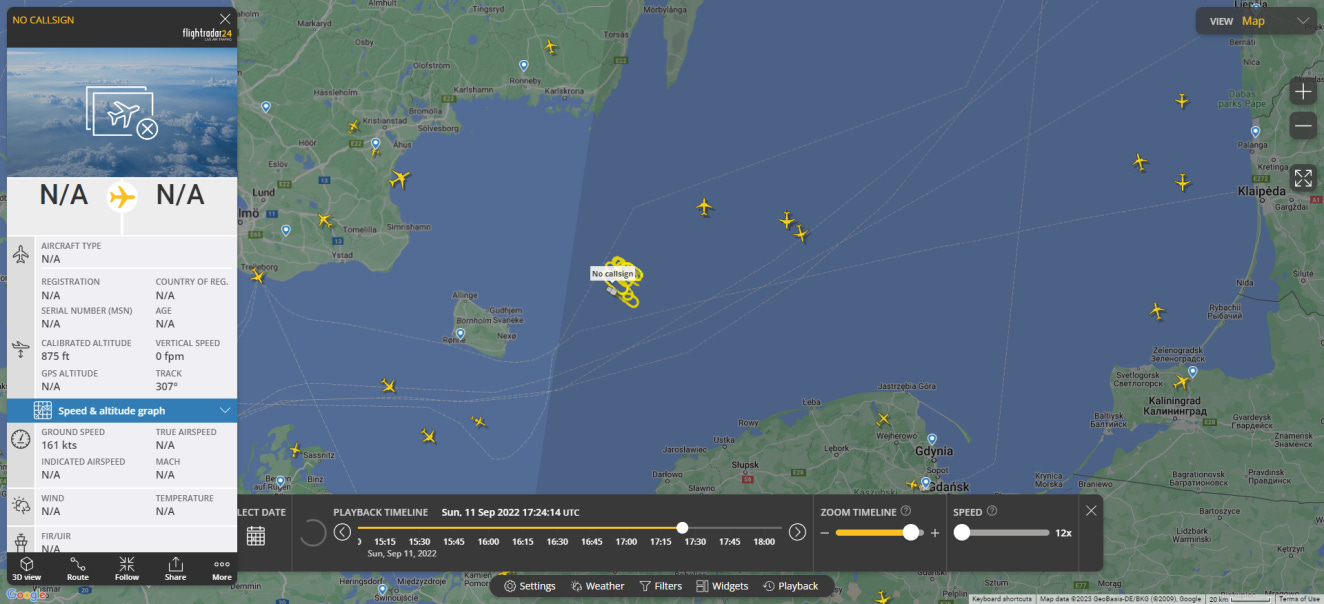



Soviet/Russian submarines have long had the capability of carrying small, crewed tracked vehicles for seabed operations. I learned this as a correspondent in Moscow in the 1980s. A popular Soviet military magazine I subscribed to once featured an artist’s rendering of such a vehicle mounted on the back of a submarine.
Thinking that this might explain tracks that Swedish intel was observing on its nearby seabed, I gave the magazine to a Swedish defense attaché whom I knew. He reported back a week or so later that Swedish mil intel also subscribed to that magazine—but that this particular issue had never arrived in the mail. We concluded that publication of this image had been a mistake, and that foreign mailings had been stopped.
No doubt in the intervening 40 years or so, this capability has significantly evolved.
Thanks for all your work. Suggest a brief summary for your readers in this report and those in the future.